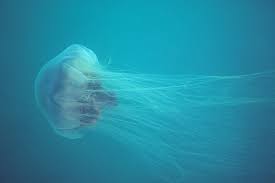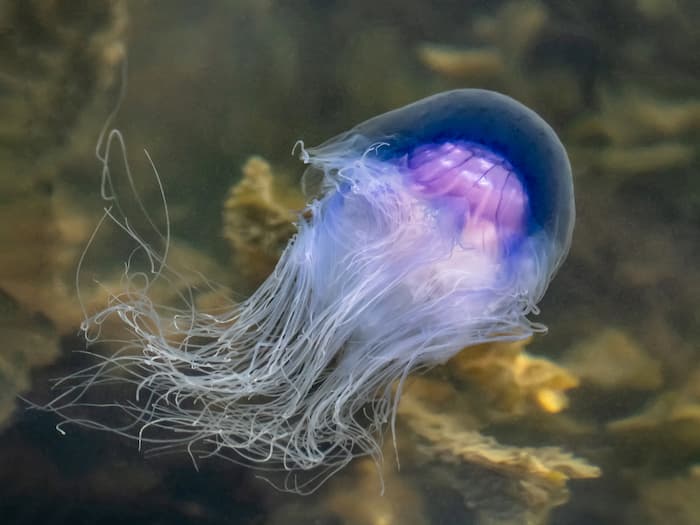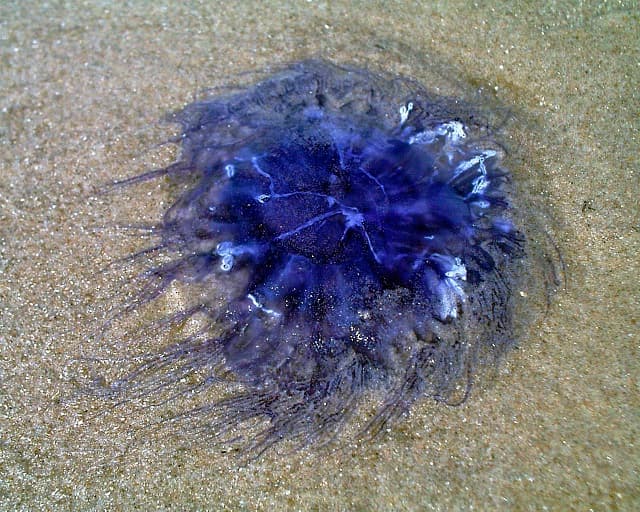The jellyfish "Cyanea lamarckii" is mainly present in the Atlantic, in the North Sea and in the English Channel. It appears from May to September-October on the coasts of Northern Europe. The tentacles are very numerous and thin, evoking a hair. They can measure up to 25 times the diameter of the umbrella. This jellyfish lives in the open sea, but it can be brought to shore by currents.


Cyanea lamarckii ©W.carter
It feeds mainly on fish and crustaceans. In the North Sea, cyanide is the cause of damage in salmon farming: its tentacles pass through the mesh of the nets of the pens and in contact with the skin of the fish they cause necrosis.

Cyanera lamarckii
Dangerousness
This jellyfish is considered to be quite stinging in humans. Generally, contact with the tentacles causes a burning sensation and irritation comparable to stinging nettles.
